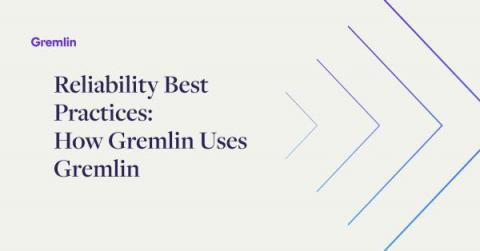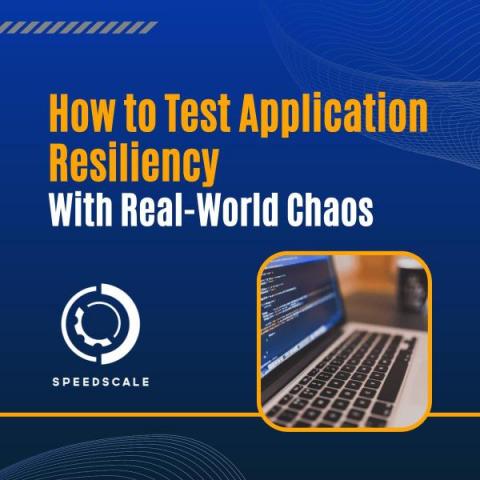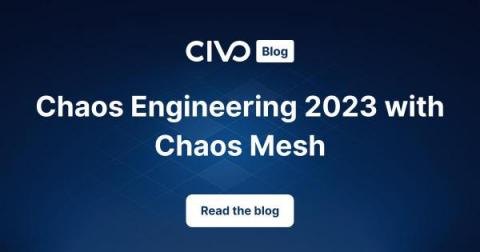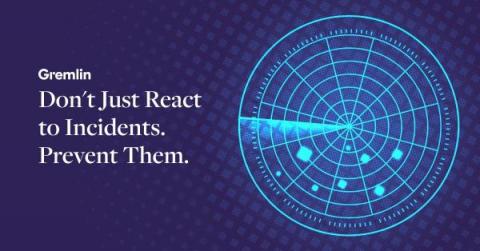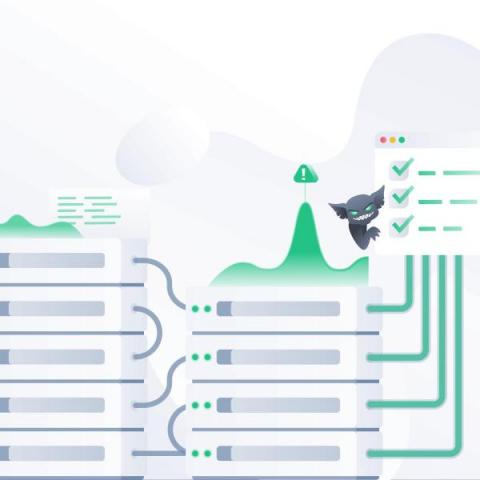Announcing the Gremlin Enterprise Chaos Engineering Certification (GECEC) program
We knew Chaos Engineering was in high demand when we first launched the Gremlin certifications in 2021. But we had no idea our Chaos Engineering certification programs would be such a success. There’s a reason: the market is looking for professionals who know how to wield Chaos Engineering well, and Gremlin's certification has become the gold-standard to learn the principles of Chaos Engineering and demonstrate proficiency.



